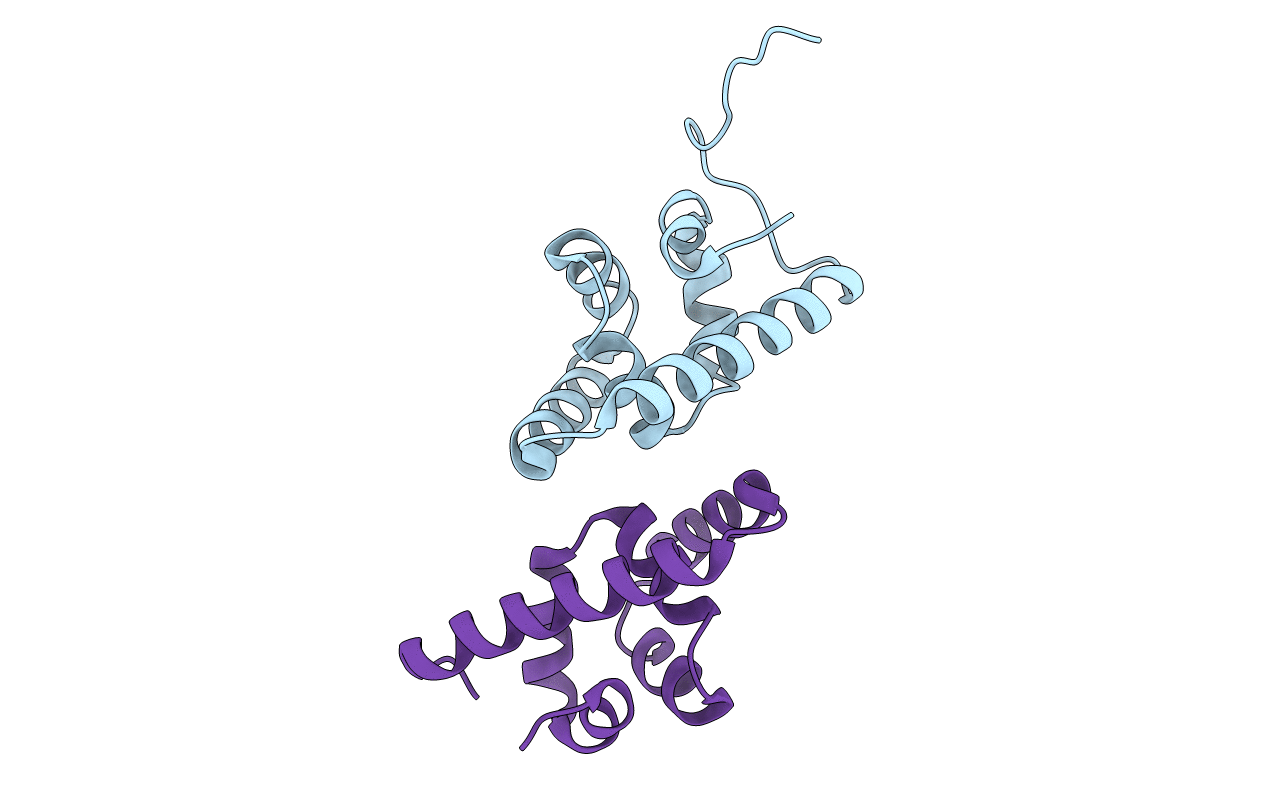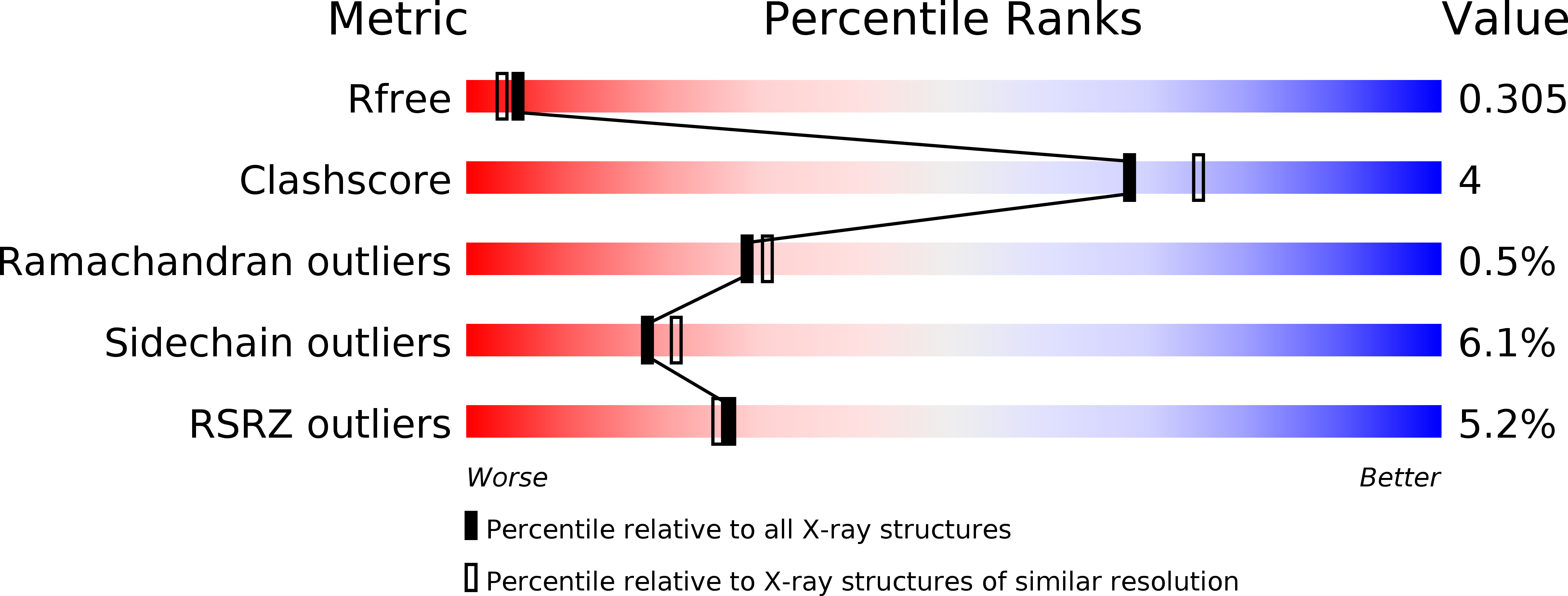
Deposition Date
1999-05-18
Release Date
1999-08-13
Last Version Date
2024-02-14
Entry Detail
Biological Source:
Source Organism:
Thermotoga maritima (Taxon ID: 2336)
Host Organism:
Method Details:
Experimental Method:
Resolution:
2.20 Å
R-Value Free:
0.30
R-Value Work:
0.23
Space Group:
P 21 21 21


